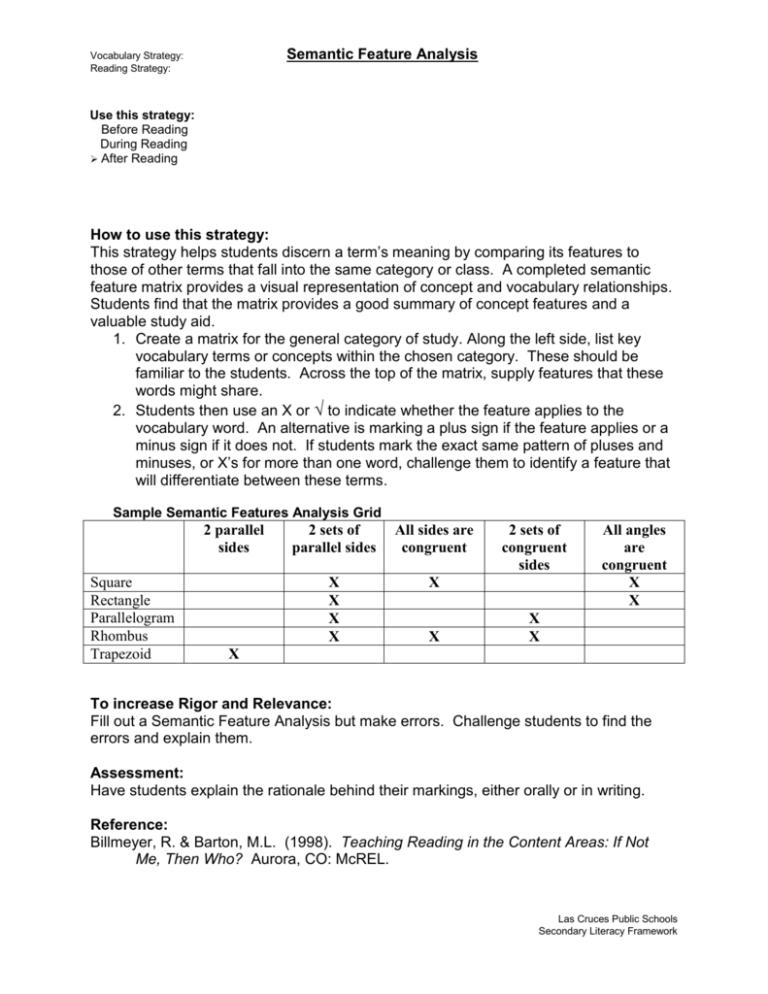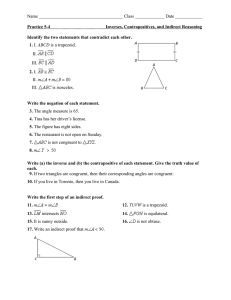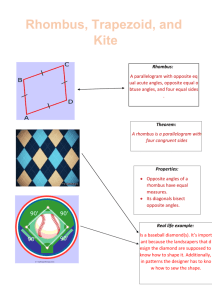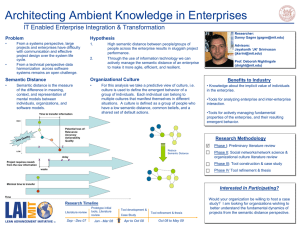Semantic Feature Analysis - Las Cruces Public School District
advertisement

Semantic Feature Analysis Vocabulary Strategy: Reading Strategy: Use this strategy: Before Reading During Reading After Reading How to use this strategy: This strategy helps students discern a term’s meaning by comparing its features to those of other terms that fall into the same category or class. A completed semantic feature matrix provides a visual representation of concept and vocabulary relationships. Students find that the matrix provides a good summary of concept features and a valuable study aid. 1. Create a matrix for the general category of study. Along the left side, list key vocabulary terms or concepts within the chosen category. These should be familiar to the students. Across the top of the matrix, supply features that these words might share. 2. Students then use an X or √ to indicate whether the feature applies to the vocabulary word. An alternative is marking a plus sign if the feature applies or a minus sign if it does not. If students mark the exact same pattern of pluses and minuses, or X’s for more than one word, challenge them to identify a feature that will differentiate between these terms. Sample Semantic Features Analysis Grid 2 parallel sides Square Rectangle Parallelogram Rhombus Trapezoid 2 sets of parallel sides All sides are congruent X X X X X X 2 sets of congruent sides All angles are congruent X X X X X To increase Rigor and Relevance: Fill out a Semantic Feature Analysis but make errors. Challenge students to find the errors and explain them. Assessment: Have students explain the rationale behind their markings, either orally or in writing. Reference: Billmeyer, R. & Barton, M.L. (1998). Teaching Reading in the Content Areas: If Not Me, Then Who? Aurora, CO: McREL. Las Cruces Public Schools Secondary Literacy Framework











